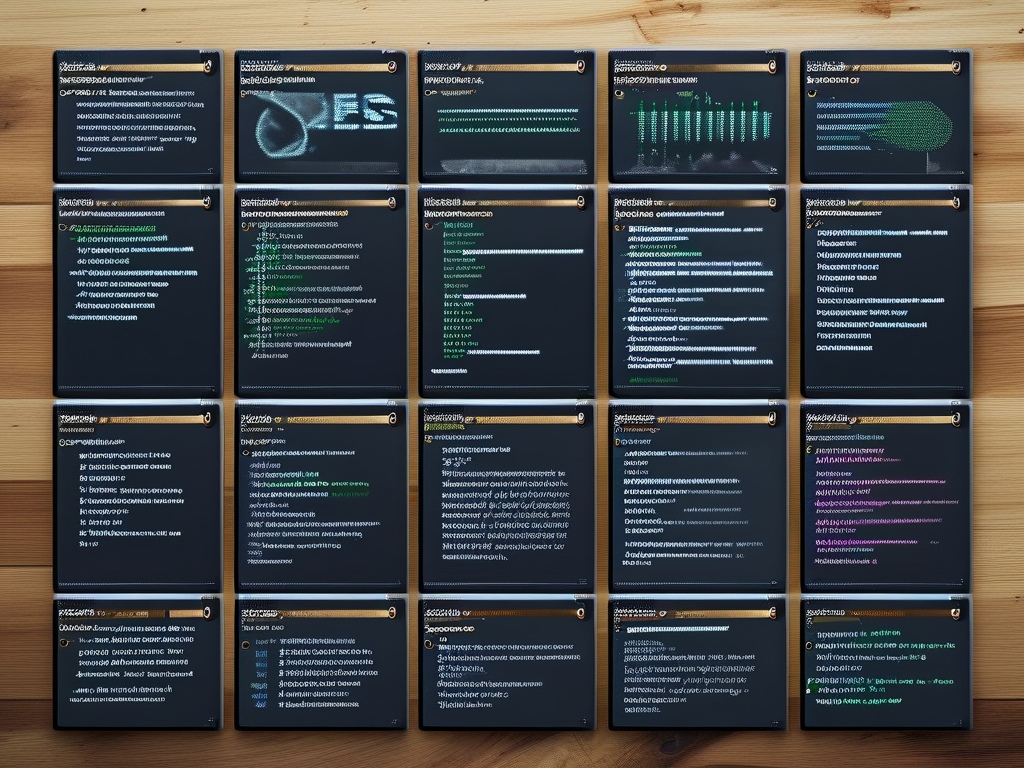In modern digital landscapes, distributed architecture has revolutionized how systems operate, enabling scalability and resilience through interconnected nodes. However, this very complexity introduces unique vulnerabilities, particularly with login attacks that exploit distributed setups. Such attacks involve coordinated efforts across multiple devices or networks to compromise authentication processes, leading to severe breaches. For instance, a distributed denial-of-service (DDoS) attack targets login portals by flooding them with traffic from numerous sources, overwhelming servers and denying legitimate users access. This not only disrupts operations but can also mask more insidious intrusions, like credential theft. Similarly, brute force attacks leverage distributed systems to rapidly guess passwords across accounts, evading traditional defenses by spreading the load. The rise of botnets—networks of infected devices controlled remotely—amplifies these threats, making them harder to trace and mitigate. Understanding these mechanisms is crucial for organizations relying on cloud-based or microservices architectures, where login points are often distributed for efficiency.

The core of distributed login attacks lies in their ability to bypass localized security measures. Attackers harness compromised devices worldwide to launch synchronized assaults, such as credential stuffing, where stolen username-password pairs are tested en masse across various services. This method thrives in distributed environments because it mimics normal traffic patterns, reducing detection rates. Code snippets illustrate this; for example, a simple Python script for distributed brute forcing might use threading to parallelize attempts:
import threading
import requests
def attack_login(url, username, password_list):
for password in password_list:
response = requests.post(url, data={'username': username, 'password': password})
if response.status_code == 200:
print(f"Success! Password: {password}")
break
# Distribute across threads
threads = []
for chunk in split_list(passwords, 4): # Split into chunks for distribution
thread = threading.Thread(target=attack_login, args=(url, user, chunk))
thread.start()
threads.append(thread)
for thread in threads:
thread.join()
Such attacks can cripple businesses by causing downtime, data loss, and reputational damage. Financially, the costs soar into millions from recovery efforts and regulatory fines under frameworks like GDPR. Moreover, they erode user trust, as seen in high-profile breaches where personal information was exfiltrated through exploited login flaws. Defending against these threats requires a multi-layered approach. Implementing rate limiting on authentication endpoints restricts the number of login attempts per IP, while web application firewalls (WAFs) filter malicious traffic before it reaches servers. Multi-factor authentication (MFA) adds an extra verification step, rendering stolen credentials useless without secondary tokens. Additionally, anomaly detection systems monitor for unusual patterns, such as spikes in login requests from diverse locations, triggering alerts for swift intervention.
Organizations must also adopt proactive strategies, like regular penetration testing to identify vulnerabilities before attackers do. Educating employees on phishing risks—a common entry point for distributing malware—strengthens human defenses. Ultimately, as distributed architectures evolve, so must security protocols to prevent login attacks from undermining innovation. By prioritizing resilience, companies can safeguard their digital ecosystems and maintain user confidence in an interconnected world.









